Market Trends
Key Emerging Trends in the Plasma Lighting Market
At present, the plasma lighting market is experiencing some very interesting trends as lifestyles and needs of consumers continue to change. A major trend that is driving this market includes growing demands for sustainable, energy-efficient lighting solutions. With environmental consciousness gaining ground, consumers and organizations are actively looking to replace energy-hungry lighting sources with low-energy alternatives. Evidently plasma lighting, which has low energy consumption and environmental impact. is well suited to this trend there has been a flood of adopters in recent years. Another important trend driving the plasma lighting market is increased interest in smart illumination products. With the development of technology, plasma lighting has become more inseparable from smart lighting systems. With this trend, users can manage and personalize their lighting choices using a smart device, improving the overall user experience. Plasma lights, which are applicable to a wide variety of IoT platforms and can be used for more advanced automation and control have also become an important part of the trend toward connected lighting solutions. Moreover, developments in plasma lighting technology have led to a trend of new product development. Inside the market, manufacturers are continually spending on research and development to improve this category of lighting. It is visible in the push for more compact, cost-effective and aesthetically pleasing plasma lighting ideas. In a landscape where manufacturers seek ways to distinguish their products, consumers can enjoy the choice of dozens of different varieties in order to meet their many needs and wants. Moreover, government initiatives and regulations also play a decisive influencing role on market trends for plasma lighting. Different governments around the world have various policies and incentives to promote adoption of energy-efficient lighting technologies. This has provided a favorable climate for plasma lighting manufacturers, bringing their own offerings into line with sustainable goals and energy conservation objectives. With the trend of regulatory support, market penetration has been improving and plasma lighting is becoming a bona-fide alternative for consumers. The plasma lighting market, too, is changing the course of its application to all kinds of industries. It is being used today in all manner of commercial, industrial and residential settings. Plasma lighting began its career by capturing niche markets such as horticulture and street lighting. With the dual qualities of light weight and long life as well as their high energy efficiency, plasma lights are a very versatile source of illumination.
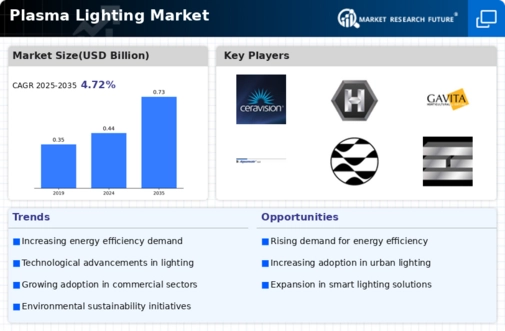

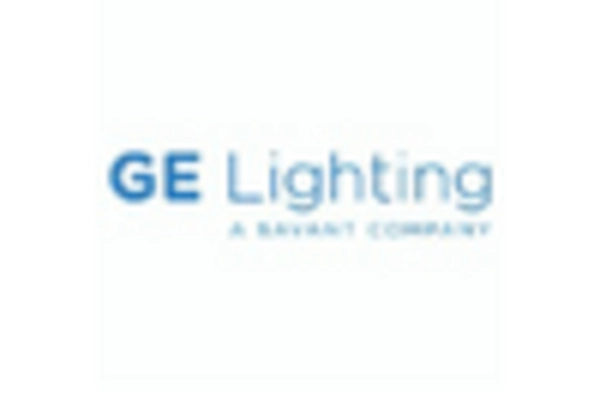
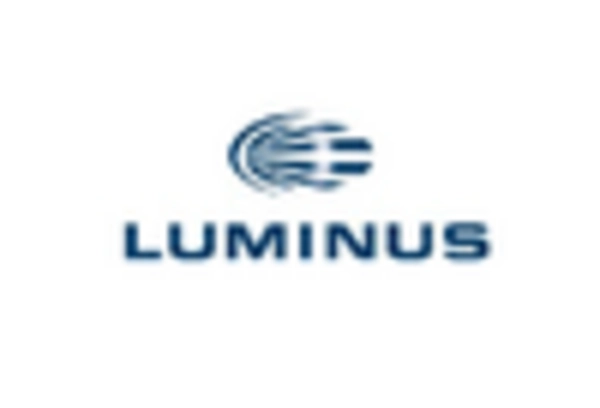
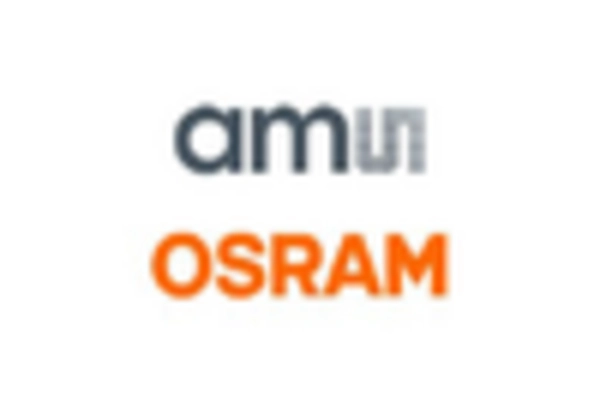

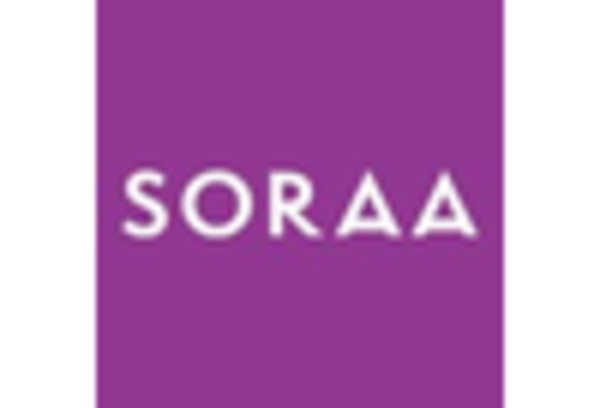









Leave a Comment